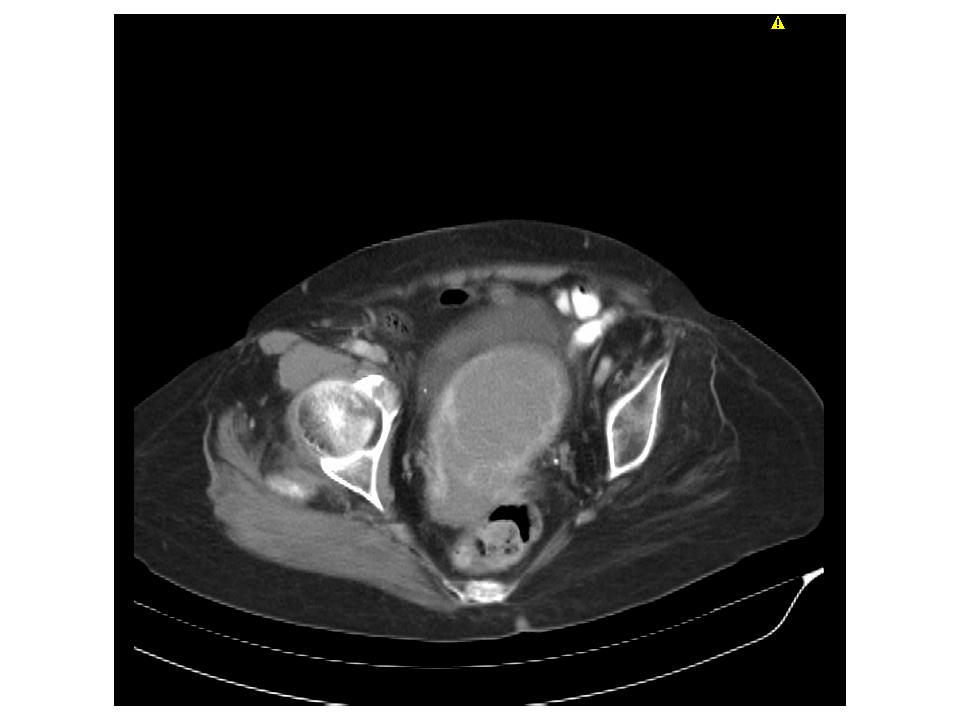Confirmation bias: an expert missing a spinal cord compression
A 75-year-old woman had a recent diagnosis of disseminated endometrial cancer. She had a previous diagnosis of poliomyelitis with muscular atrophy in both legs from her childhood . She went to the hospital with back pain, weakness and constipation. She was evaluated for an expert but in the context of the Emergency Department.
CLINICAL EVOLUTION: During the physical examination the doctor detected a difficulty to move both legs that he relates with poliomyelitis. He also felt a pelvic mass that he thought was the uterus. The patient stayed at the hospital for a better symptomatic control.
FINAL DIAGNOSIS: Disseminated endometrial cancer(lungs, bones) with spinal cord compression (thoracic).
COMMENTS: This case ilustrates a cognitive bias in the clinical reasoning process: confirmation bias. The doctor maintained his first idea about the patient, thinking that the lack of strength in the legs was related with poliomielytis, and he confused a neurogenic distended bladder with the endometrial tumor. “Confirmation bias, also called myside bias, is the tendency to search for, interpret, favor, and recall information in a way that confirms one’s beliefs or hypotheses.[Note 1][1] It is a type of cognitive bias and a systematic error of inductive reasoning” (Wikipedia).
Even a medical expert can be influenced for the special environment in the Emergency Department.



